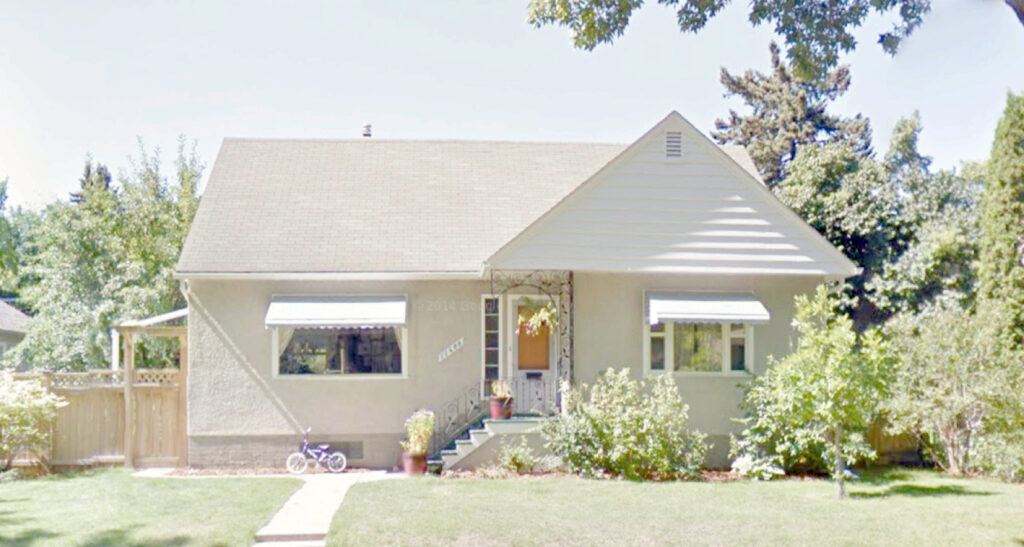Energy efficiency and energy generation have been occupying Jim Sandercock’s mind for more than a decade. As chair of the Northern Alberta Institute of Technology’s Alternative Energy program, this is no surprise. But Jim’s interest is more than just academic.
“From a climate perspective, my family and I really want to reduce our carbon footprint,” Jim said.

“We want our kids to think in terms of what we do has an impact on the environment. So we asked ourselves ‘how do we do that?’”
Jim and his partner Melanie started by taking advantage of a Government of Alberta energy efficiency program to replace incandescent lightbulbs with high-efficiency LEDs. From small changes like that, the couple decided to dive into photovoltaics when the costs of solar came down.
Now, their solar panels, which generate 7.4 kilowatts of power, generate more energy than the family uses. Jim says that while this is great and may have taken some pressure off their monthly expenses, it didn’t change that their two-story, post-war home needed some serious upgrades.
The second floor of their 1,950-square-foot home is unbearably hot in the summers, and the couple’s four kids sleep in the basement. And in the winter, the basement is so cold, the space is nearly unusable because the building itself is so leaky. What’s more, the house exterior was reaching the point where they needed to replace the siding.
The Sandercocks started looking at what other solutions were available to help them take personal action to fight climate change and improve their home at the same time.
“It’s easy to work with electricity, but when you have a leaky building, it’s actually pretty tough to improve compared to just bolting on a new electrical generation system for solar or wind. I was thinking about buildings and how wouldn’t it be nice to be able to put a sleeping bag over the whole building. Wouldn’t that be better?”
It turns out the answer is YES! and there was a made-in-Alberta solution in the offing.


In 2016, three students from NAIT’s Bachelor of Technology program (BTech-TM) partnered with Retrofit Canada co-founder and Managing Partner at Butterwick Projects, Peter Amerongen, as part of a capstone project. The collaboration focused on a panelized deep retrofit technique from the Netherlands called energiesprong that uses cutting-edge imaging technology to design prefabricated panels that are attached on the exterior of the roof and walls of buildings. These air-tight, super-insulated panels are built off-site. They are fully finished and take just weeks to install with minimal disruption to residents.
The NAIT collaboration ultimately led to Butterwick Projects undertaking an energiesprong-inspired Deep Retrofit on two units at the Sundance Housing Co-op, a housing co-op in Edmonton’s river valley.
After seeing Butterwick’s successful Sundance Deep Retrofit, the Jim heard that Butterwick was looking for single-family homes to test out a made-in-Alberta approach to single-family hoe panelized retrofits.
“So here was this opportunity. It was either this or buy an electric car, “ Jim said.
Jim and Melanie went for the Deep Retrofit because this seemed like a better investment for the long-term, especially considering the cost savings over time and the benefit of not having any utility bills when the couple retires.
Now Butterwick is ramping up to start construction on the project in Spring 2022.
Smart Sustainable Resilient Infrastructure Association (SSRIA) is funding the research and development for the project.

